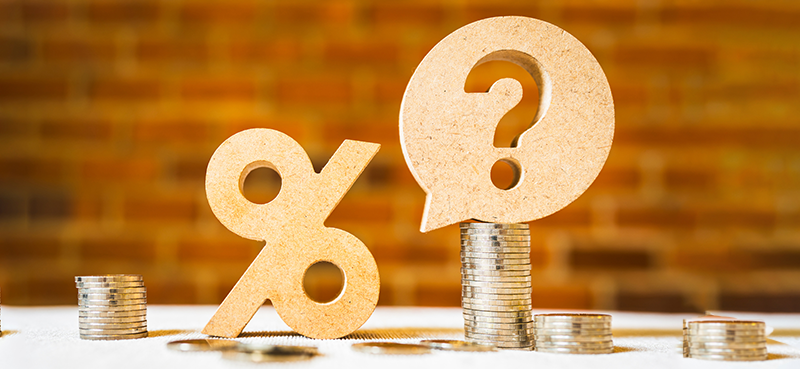Ever since President Donald Trump’s election victory, tariffs have been a hotly debated topic.
The mainstream media have been using the idea of tariffs to stir up panic over rising costs, market turbulence, significant economic fallout, and even a full-blown trade war.
But the fear is way overblown.
Despite what the talking heads would have you believe, tariffs are not inherently bad.
And in fact, they’ll likely be a major catalyst for a particular sector.
In this article, we’ll look at what tariffs actually mean—both for the economy and the market… and how investors can position themselves for profits.
Understanding tariffs and their impact
Tariffs are essentially taxes imposed on imported goods. They are often used as tools for negotiation in international trade, with the goal of protecting domestic industries from foreign competition or encouraging trade partners to alter certain policies.
Investors often fear the worst when tariffs are introduced, but it’s important to view them through a broader lens. The U.S. wields immense economic power as the world’s largest consumer market. As such, the country can leverage tariffs to push other nations to the negotiating table.
It’s also worth noting that Trump implemented tariffs during his first administration, and the economy didn’t crumble. Instead, they spurred changes that benefited certain industries and companies—particularly those positioned to capitalize on domestic growth.
The small-cap advantage
Back in November, Trump announced plans to enact tariffs on China, Mexico, and Canada as soon as he takes office. (Whether that will come to fruition soon remains to be seen—more on this below.)
Many stocks pulled back on the news… such as auto manufacturers and other companies that import a lot of products from Canada or China.
But one corner of the market actually rallied: small caps. While the Russell 2000 has since returned these gains, the initial bump highlights how small caps react to tariff news.
Why? Because most small-cap companies do the bulk of their business domestically, insulating them from the direct impact of international tariffs. Unlike the S&P 500’s multinational giants, which generate 30–40% of their profits overseas, small caps benefit from a “buy American” effect when tariffs push costs higher for imported goods.
Let’s break this down a little further. There are a few key factors that allow small caps to benefit from tariffs:
- Domestic focus: With limited exposure to international supply chains, small caps sidestep many tariff-related headaches.
- Economic leverage: Tariffs often serve as a negotiating tool, forcing foreign governments and corporations to reassess their trade practices. Meanwhile, domestic businesses reap the benefits of increased demand for local goods.
- Tax and policy environment: Favorable business policies, like lower corporate taxes, tend to support small-cap companies, and tariffs amplify their competitive advantage over global competitors.
Now, it’s worth noting that expectations have shifted, and it’s looking like Trump won’t implement tariffs immediately. However, the consensus is that they are still coming—and when they do, they’ll represent fundamental long-term tailwinds for small-cap companies. Put simply, there’s a ton of room for small caps to run.
How to play the small-cap boom
Of course, not all small caps are created equal. So, how should investors position themselves for maximum gains? Here are some factors to consider:
- Focus on fundamentals: Look for companies with strong balance sheets and consistent earnings growth.
- Target tariff-resilient sectors: Industries like biotech, mining, and domestic manufacturing are particularly well-positioned to thrive.
- Think long-term: The benefits of tariffs and policy changes aren’t fleeting. Many of the tailwinds driving small-cap performance could last several years.
- Tap into expert insights: Finding the small-cap winners and weeding out the losers requires due diligence. But with Curzio Venture Opportunities, Frank does all the research for you.
The bottom line
Tariffs are far from the catastrophe that headlines suggest. For small caps, tariffs act as a competitive booster, leveling the playing field and driving demand for U.S.-based goods and services.
Rather than joining the panic, smart investors should see this as a chance to ride the wave of small-cap growth. The tailwinds are strong—and this could be the moment to lean into the opportunity.
For thoroughly vetted small-cap stock recommendations, become a Curzio Venture Opportunities member today.





















